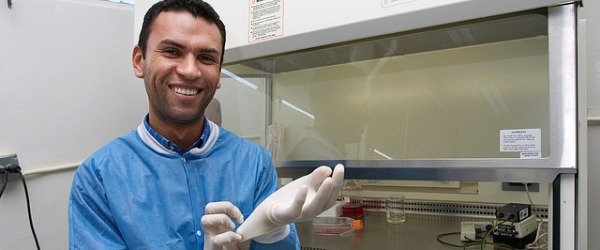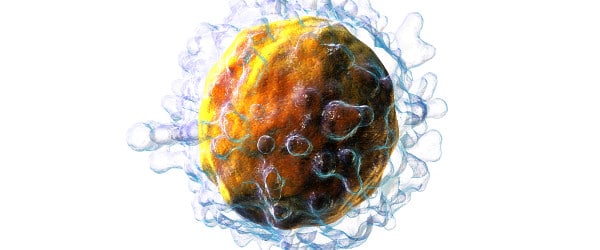In a typical biology lab, you may encounter many types of biological materials, including cells, bodily fluids, purified DNA and RNA, enzymes, bacterial cultures, body parts, and whole animals. In order to perform experiments that yield quality results, samples need to be stored properly in order to preserve their activity or integrity.
Beginning students and others who are unfamiliar with biological labs should attempt to learn as soon as possible the different storage and handling requirements for different types of biological materials, and, in particular, what sorts of abuse these materials can withstand before being considered “lost” or “ruined.”
The inspiration for this article came from an incident during my very early days in the lab, when I accidentally left a 12-well plate of virus-infected cell culture on the power supply box of the fluorescence microscope overnight. The heat from the power supply warmed the plate to what felt like 40 degrees Celsius, and when I found it the next morning, I panicked. It had taken a week to grow this culture, and it was part of a time-lag experiment, so writing it off as a loss was not an option. I searched online frantically for something that would tell me what condition my cells might be in. It was an odd scenario that proved difficult to resolve by Googling.
While I searched, I realized how useful it would be to have a table of storage conditions and handling requirements for various biological samples – perhaps even something that can be posted in the lab. So, for those of you who have also panicked over the condition of your materials, here it is!
Are there any materials that I’ve missed here?








